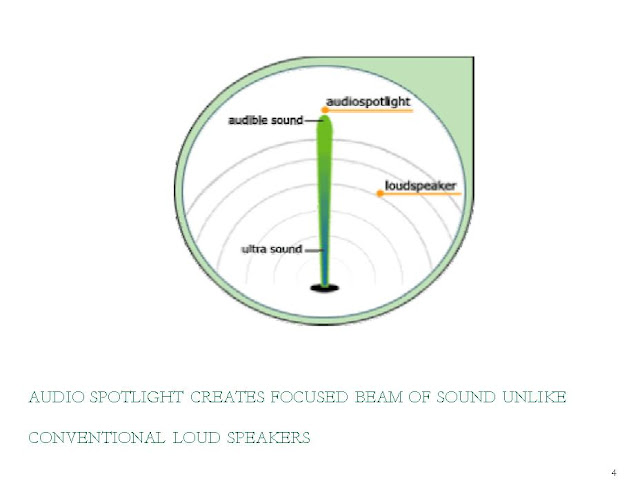RESULTS AND DISCUSSIONS OF PREPARATION AND ANALYSIS OF BaPr(1.33)Ti(3)O(9) & BaPr(2)Ti(4)O(12) MICROWAVE DIELECTRIC CERAMICS
This chapter deals with the results obtained from experimental procedures for dielectric behaviour of Barium praseodymium titanate ceramic materials.
4.1 X-Ray diffraction
The X-ray diffraction patterns of synthesized samples BaPr1.33Ti3O9 and BaPr2Ti4O12 (namely, sample 1 and sample 2 respectively) are shown below:
Figure 4.1: XRD patterns of synthesized samples BaPr1.33Ti3O9 & BaPr2Ti4O12
It shows that tungsten bronze type structure is formed with an orthorhombic symmetry. The variation in relative intensities of peaks may be related to the occupation of lattice sites by the substituted ions.
4.2 DENSITY MEASUREMENT
The density of the synthesized samples has been measured by archimedies method at 30˚C using distilled water as displacement fluid. The equation used to calculate density is as under.
Density of sample = mass in air * density of distilled water
mass of sample and wire -+ mass of wire
For sample 1 (BaPr1.33Ti3O9), the density was measured to be 5.4 gm/cm3:
Mass of sample in air(gm) | Mass of sample and wire(gm) | Mass of wire(gm) | Density of distilled water(at 30˚c)(gm/cm3) | Density of the sample (gm/cm3) |
1.1857 | 0.2244 | 0.0061 | 0.996 | 5.409790 |
For sample 2 (BaPr2Ti4O12), the density was measured to be 5.24 gm/cm3:
Mass of sample in air(gm) | Mass of sample and wire(gm) | Mass of wire(gm) | Density of distilled water(at 30˚c)(gm/cm3) | Density of the sample (gm/cm3) |
1.9301 | 0.3729 | 0.3729 | 0.996 | 5.23664 |
It is observed that the ceramics with higher Pr contents have a high value of bulk density. The substituted ions might have caused decrease in intergranular pores, which is ascribed to small ionic radius of substituted Pr ions (1.013Å) than Ba ions(1.35Å).
4.3 DIELECTRIC PROPERTIES
The amount of Rare earth element present in barium rare earth titanate produces significant change in the dielectric behaviour of. The dielectric properties of the synthesized samples have been found out to be a function of Pr contents and temperature.
4.3.1 Dielectric constant
Figure 4.2 shows the variation of dielectric constant (ε') synthesized samples as a function of frequency (100 Hz to 1MHz) at room temperature. This shows that dielectric constant changes from 106.89 to 101.67 for sample 1 and 115.29 to 112.57 for sample 2 as frequency changes from 100 Hz to 1 MHz. The dielectric constant is affected by three factors: (i) volume of TiO6 octahedra, (ii) tilting of octahedral strings and (iii) polarizabilities of R and Ba ions. As the Pr3+ ions substitute for the Ba2+ ions, not only the vacancies were created to maintain the charge neutrality but also the lattice parameters were changed due to the difference in ionic radius between Pr3+ and Ba2+. The difference of ion radius directly affect the length of c-axis, which is the important characteristic of the tungsten-bronze type structure.
Figure 4.2: Dielectric constant of synthesized samples as a function of frequency
Figure 4.3 and 4.4 shows the variation of dielectric constant (ε') as a function of temperature (room temp. to 200 0C) at five frequencies ( 100 Hz, 1 KHz, 10 KHz, 100 KHz and 1MHz) for sample 1 and 2 respectively.
Figure 4.4: Variation of dielectric constant of sample 2 as a function of temperature at five different frequencies
4.3.2 Loss Tangent
Figure 4.5 shows the variation of loss tangent (tanδ) as a function of frequency for both the samples.
Many factors were believed to affect the microwave dielectric loss (loss tangent) and could be divided into two fields, the intrinsic and extrinsic losses. The intrinsic losses were mainly caused by lattice variation modes while the extrinsic losses were dominated by second phases, oxygen vacancies, grain sizes and densification or porosity.
Figures 4.6 and 4.7 show the variation of loss tangent as a function of temperature (room temp. to 200 0C) at five frequencies ( 100 Hz, 1 KHz, 10 KHz, 100 KHz and 1MHz) for sample 1 and 2 respectively. It is observed that the variation of loss tangent with temperature for a particular sample is not linear.
Figure 4.6: Variation of Loss tangent (tanδ) as a function of temperature for sample 1.
Figure 4.7: Variation of Loss tangent (tanδ) as a function of temperature for sample 2.
4.3.3 AC Conductivity
AC conductivity (σ) is derived from the dielectric constant and loss tangent using the following relation:
σ = ε0ωtanδ = ε''ε0ω
where, ε0 (8.854*10-12 F/m) is the permittivity of free space and ω (=2πf) is the angular frequency.
The plots for ac conductivity of synthesized samples are shown in figure 4.8 as a function of frequency at room temperature. Very low conductivity has been observed for the prepared samples. It basically decreased with increase in Pr contents, but increased with frequency.
Figure 4.8: Variation of AC Conductivity with frequency at room temperature
Actually, the dielectric conductivity (σ) sums over all the dissipative effects of the material. Conductivity might have originated caused by migrating charge carriers and it may also refer to an energy loss associated with the dispersion of ε', for example, the friction accompanying the orientation of dipoles. Also, the defect centres and impurities could contribute to the conductivity which are generally randomly distributed in dielectrics. Moreover, the excess electrons or excess holes due to their interaction with lattice ions generally distort the surroundings in such a way that the potential well thereby generated is deep enough to introduce localization leading to the existence of conduction. No doubt, its value remains very low in the case of dielectrics but it does exist..










Comments